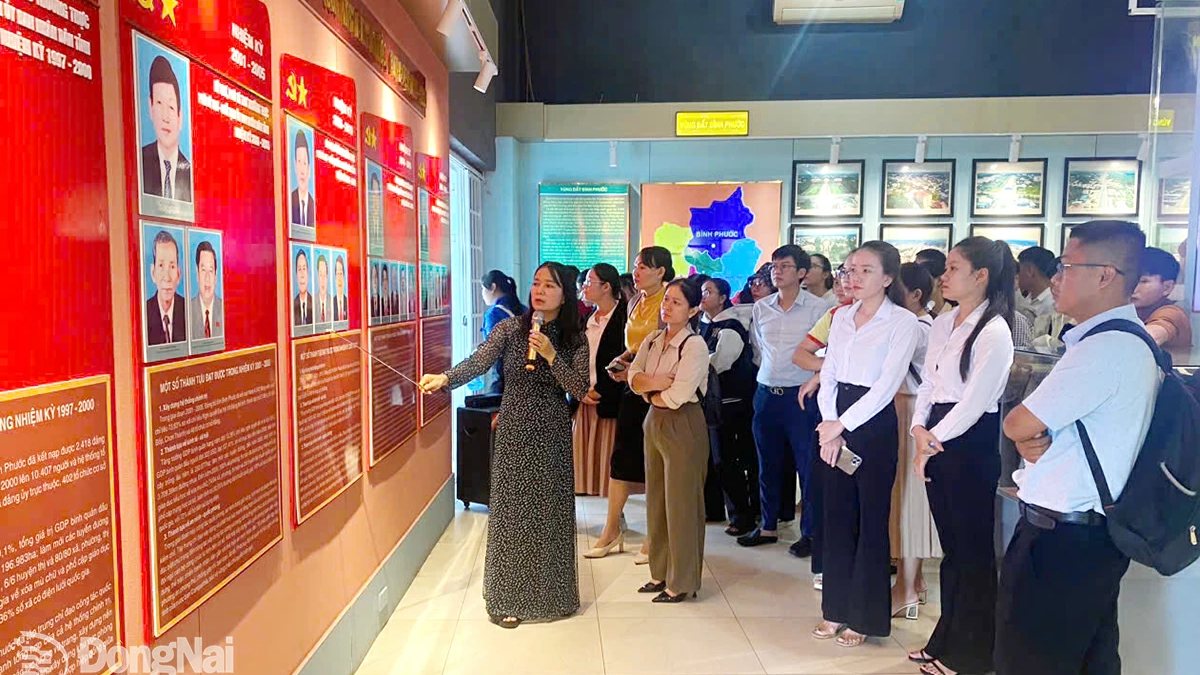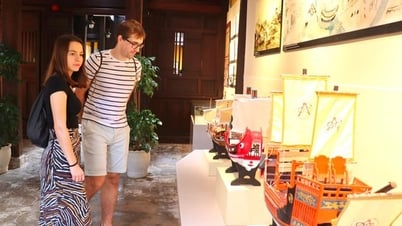Astronomers have discovered the earliest "seeds" of rocky planets forming in the gas surrounding a baby star like the Sun, providing a valuable glimpse into the birth of the Solar System.

An unprecedented photograph of “time zero” – the moment when new worlds began to coalesce. (Source: AP)
“We have directly recorded the hot regions where rocky planets like Earth are born around their proto-host stars,” said Melissa McClure from Leiden University in the Netherlands, who led the international research team. “For the first time, we can confirm with certainty that the first steps of planet formation are actually happening right now.”
Professor Fred Ciesla from the University of Chicago said these observations provide a unique insight into the inner workings of a forming planetary system.
NASA's James Webb Space Telescope, together with the European Southern Observatory (ESO) in Chile, have teamed up to reveal for the first time the primordial signs of planet formation around the young star HOPS-315. This is a small yellow star in the process of forming, like the Sun, but much younger, only 100,000 to 200,000 years old and located about 1,370 light years from Earth (1 light year is 6,000 billion miles).

The forming planetary system looks like a glowing firefly in the dark void of space. (Source: AP)
In an astronomical feat, Melissa McClure and her team peered deep into the gas disk surrounding the infant star and detected solid particles condensing, a sign that planet formation had begun. A gap in the outer part of the disk, combined with the star's favorable tilt toward Earth, allowed the team to peer directly into the disk's center.
They found silicon monoxide gas along with crystalline silicate minerals, which are thought to be the first solid matter to form in our Solar System more than 4.5 billion years ago. This occurred in a region similar to the asteroid belt between Mars and Jupiter, which contains crystalline minerals left over from the early formation of the Solar System's planets.

Jets of silicon monoxide are ejected from the newborn star HOPS-315. (Source: AP)
Hot mineral condensation has never been detected around any other young star before. “So we don’t know if it’s a universal feature of planet formation or just something that’s particularly weird in our solar system,” McClure said by email. “This study suggests that it may be a common process in the earliest stages of planet formation.”
While previous studies have focused mainly on younger gas disks or mature disks with structures thought to be “planetary nuclei,” this is the first concrete evidence of the beginning of the planetary formation process.
It is not yet known exactly how many planets will form around HOPS-315. However, according to Melissa McClure, with a gas disk mass equivalent to that of the early Sun, the system could easily produce up to eight planets within a million years or more, similar to the Solar System.
Merel van 't Hoff of Purdue University, a co-author of the study, said she is excited to find more early planetary systems. Expanding the field of view will help astronomers look for similarities and determine what factors were key to forming Earth.
Source: https://vtcnews.vn/he-lo-hinh-anh-dau-tien-ve-mot-ngoi-sao-so-sinh-chao-doi-ar954973.html


































































































![[Infographic] In 2025, 47 products will achieve national OCOP](https://vphoto.vietnam.vn/thumb/402x226/vietnam/resource/IMAGE/2025/7/16/5d672398b0744db3ab920e05db8e5b7d)





Comment (0)